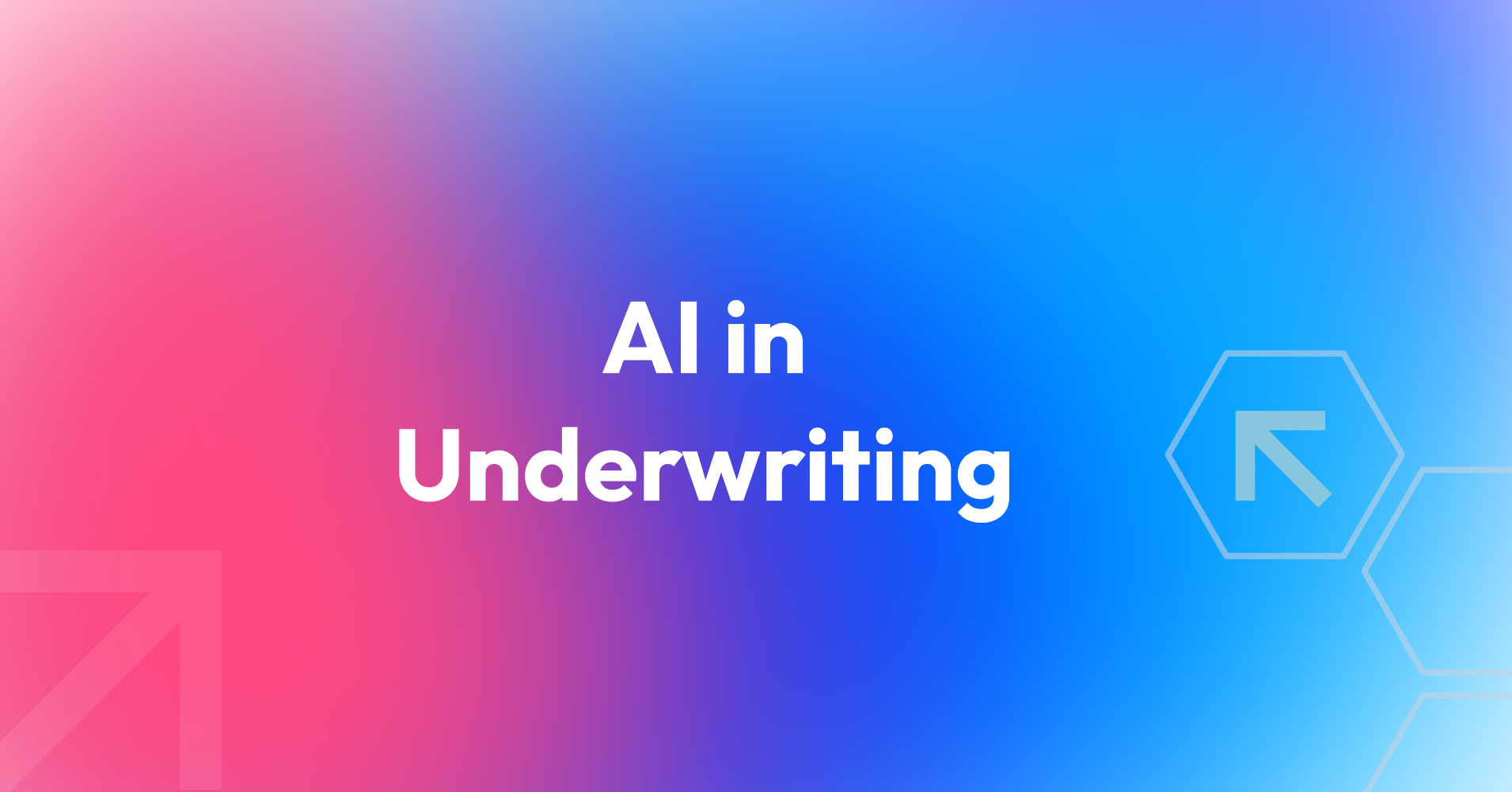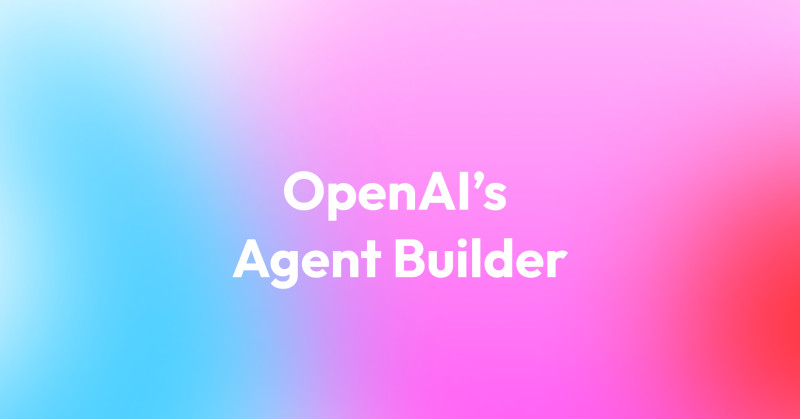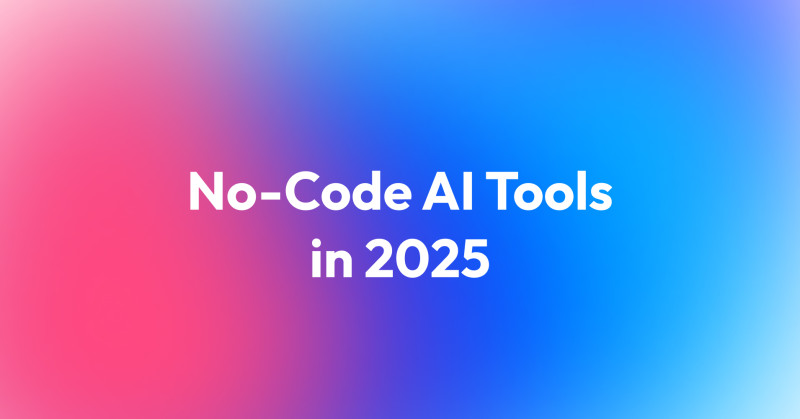The insurance industry is undergoing a digital shift and for good reason. Customers expect faster service, personalized offers, and seamless online experiences. At the same time, insurers face increasing pressure to optimize resources, reduce operational costs, and manage risk more accurately. Traditional insurance underwriting, with its reliance on manual tasks and fragmented workflows, is struggling to keep up.

Automated underwriting offers a compelling solution. By replacing repetitive manual underwriting processes with intelligent automation, insurers can streamline decision-making, reduce human error, and enhance the customer journey.
In this article, we’ll explore how to get started with automated insurance underwriting, what an effective automation strategy looks like, and how automation can transform your underwriting capabilities—step by step.
What Is Automated Underwriting?
Automated underwriting refers to the use of rules-based systems and artificial intelligence to evaluate an insurance applicant’s risk profile and make underwriting decisions. Unlike manual underwriting, which requires human underwriters to review each case individually, automated underwriting systems can analyze large amounts of data in real time and make instant decisions based on predefined underwriting guidelines.
In practice, this means a customer could apply for life insurance online and receive approval in minutes - without ever speaking to an agent.
Automated insurance underwriting typically involves:
-
Data gathering (from digital applications, APIs, third-party databases),
-
Automated risk assessment (based on underwriting rules and AI models),
-
Decision-making and pricing recommendations.
Interesting fact: According to Deloitte, insurers that adopted intelligent underwriting platforms reduced policy issuance time by over 70%, improving both efficiency and customer satisfaction.
Key Challenges in Traditional Underwriting
Before diving into automation, it's essential to understand why automation in underwriting has become so important.
1. Manual Tasks and Human Error
Manual underwriting involves repetitive data entry, document verification, and judgment-based decisions. These time-consuming processes are prone to inconsistencies and human error.
2. Limited Scalability
As application volumes grow, underwriting departments struggle to keep pace without expanding teams or resources. This hinders growth and increases costs.
3. Incomplete Use of Data
Legacy systems and siloed workflows often prevent underwriters from leveraging the full value of available data sources. This weakens risk assessment accuracy and slows the underwriting procedure.
4. Fragmented Customer Experience
Manual underwriting delays policy issuance, frustrating digital-first insurance customers and creating friction in the customer journey.
What Does Efficient Automated Insurance Underwriting Look Like?
An efficient automated underwriting process doesn’t just digitize old workflows—it reimagines them. Successful insurers build automation that is:
-
Accurate – relying on machine learning and predictive analytics for real-time risk assessment.
-
Scalable – handling thousands of cases simultaneously.
-
Transparent – enabling audit trails and human oversight.
-
Integrated – working alongside existing legacy systems and underwriting platforms.
In this model, automated systems handle repetitive tasks and straightforward decisions, while human underwriters focus on complex or borderline cases—augmenting rather than replacing their expertise.
How to Automate Insurance Underwriting in 5 Steps
Implementing insurance underwriting automation doesn’t happen overnight. Here’s how to get started with automated solutions efficiently:
Step 1: Assess Your Existing Underwriting Workflows
Map out the underwriting value chain and identify bottlenecks, such as document processing, data entry, or approval delays.
Step 2: Identify and Consolidate Data Sources
Leverage both internal (CRM, claims history) and external data (credit scores, medical records, telematics) to support more nuanced risk assessment processes.
Step 3: Choose the Right Automation Platform
Select an automated underwriting engine or software platform that supports:
-
Rules-based decisioning
-
Machine learning capabilities
-
Workflow orchestration
-
Integration with underwriting workbench tools
Step 4: Pilot and Optimize
Start with a controlled rollout—such as automating low-risk life insurance policies. Use performance data to refine underwriting guidelines and calibrate AI models.
Step 5: Scale and Augment Human Underwriters
Expand the solution to other lines of business and embed continuous feedback loops. Free up human underwriters to focus on exceptions and strategic decisions.
Benefits of Automated Underwriting in Insurance
The benefits of automated underwriting are both immediate and long-term:
Faster Decision-Making
Automated underwriting systems can issue decisions in seconds, improving conversion rates and reducing drop-offs.
Consistency and Accuracy
Automation minimizes bias and ensures underwriting decisions follow standardized guidelines across all cases.
Better Use of Data
With AI and machine learning, systems can analyze vast data sets to spot patterns, assess risk more precisely, and continuously improve.
Reduced Costs and Increased Productivity
By eliminating repetitive tasks, insurers can reduce operational overhead and increase underwriting productivity.
Enhanced Customer Experience
Shorter processing times and instant feedback translate into better engagement and customer loyalty.
Stat to consider: McKinsey estimates that AI-powered underwriting can reduce loss ratios by 3–5% and cut operational expenses by 25–30%.
Conclusion: Underwriting Automation Is About Scaling Smart
Underwriting automation isn’t about eliminating underwriters—it’s about giving them the tools to work smarter. By automating the predictable and repetitive, insurers can focus human effort where it adds the most value: complex decisions, innovation, and customer relationships.
Whether you’re just starting your automation journey or looking to upgrade outdated systems, the key is to view automated underwriting solutions as long-term enablers of growth, resilience, and competitiveness in a fast-evolving insurance market.





















